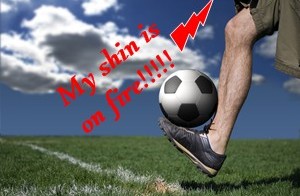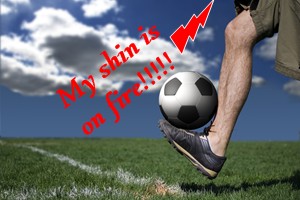Brain Games: Which Types of “Mental Calisthenics” Really Help Us Age Better?
Medical science has given the healthcare community the knowledge and tools to extend life in ways that would have seemed like science  fiction a generation ago. But, believe it or not, these modern miracles also pose a challenge—the possibility of life without quality of life. In other words, living longer but not necessarily living better.
fiction a generation ago. But, believe it or not, these modern miracles also pose a challenge—the possibility of life without quality of life. In other words, living longer but not necessarily living better.
With this in mind, it’s becoming more important than ever to do what you can while you’re still relatively young to “grow old gracefully” later on. So how do we put together a “playbook” for safeguarding our lifestyle as we age? One approach is to look into the midlife habits of those who live into their 70s, 80s and beyond while retaining both their physical and mental health to see what we can learn from them.
When you examine the research studies and first-person accounts of healthy seniors, there’s one lesson that’s particularly striking: “Use it or lose it.” And this lesson seems to apply equally to both our mental and physical abilities. According to many experts, the pillars of a healthy lifestyle include (in order) regular exercise, a healthy diet, mental stimulation, good quality sleep, successful stress management, and maintaining an active social life
Why it’s as important to exercise your mind as it is your body
The third “pillar” in this list surprises some people, though it really shouldn’t. Studies on the prevention of Alzheimer’s disease and other cognitive impairments indicate that seniors who regularly read and complete crossword puzzles are far less likely to develop Alzheimer’s than those who don’t. One of the reasons, these scientists speculate, is that the neural connections that are “first to go” when brains begin to deteriorate with age are those associated primarily with words. Thus people may tend to forget people’s names, or the names of places, or have trouble finding “the right word” for things. Engaging in activities that continually forge new connections between words and concepts in our minds has been proven to prevent and in some cases even reverse the ravages of dementia.
One study, known as ACTIVE (the Advanced Cognitive Training for Independent and Vital Elderly study) tested nearly 3,000 adults over 65 and found that the three most valuable “brain exercises” that staved off degeneration were activities that improved 1) your memory, 2) your reasoning abilities, and 3) the speed at which you process information. Those participants in the study who participated in activities to strengthen these areas showed improvements that lasted for at least five years, and translated into real-life improvements such as being able to manage their money and households.
When it comes to choosing the “best” activities for keeping your brain active, there’s still no general consensus. While it’s still an open question, some researchers recommend word games (like crossword puzzles or Scrabble) or learning a new language. Others suggest memorization exercises. Still others believe that strategy games, riddles, or puzzles will have the greatest benefit because they encourage you to “think in new ways.” Modern video and computer games may also be helpful in stretching your brain and keeping it active. You can find other resources on the Internet – “brain gyms” that provide all of these things, such as Luminosity, Brain Food or MyBrainTrainer. Some of these websites may cost money or charge a membership fee, but if what you’re looking for is to keep your brain healthy and active for the rest of your life (and you enjoy the activities they offer), it may be well worth it. In the meantime, there are still many, many options available even if you’re on a tight budget. Public libraries are a particularly great resource! As with physical exercise, the thing that makes mental exercise “work” is how often you do it, not what you pay for it.












